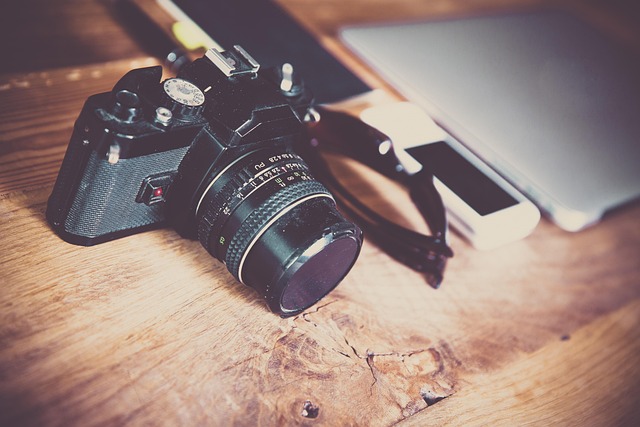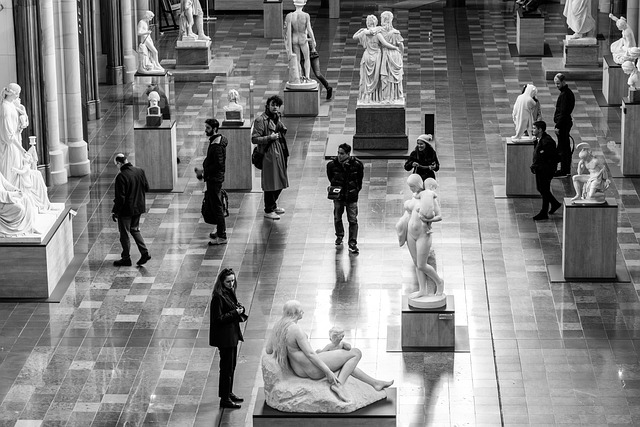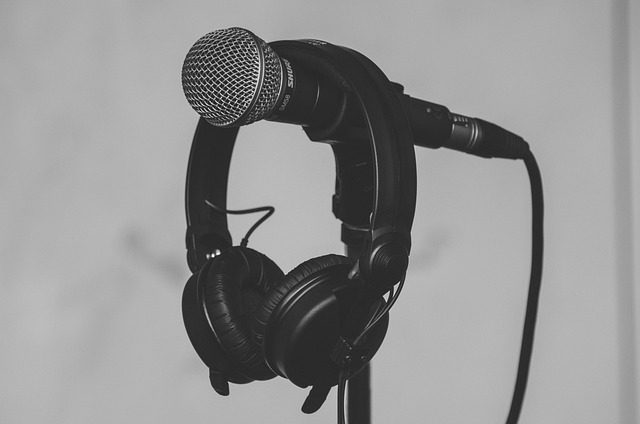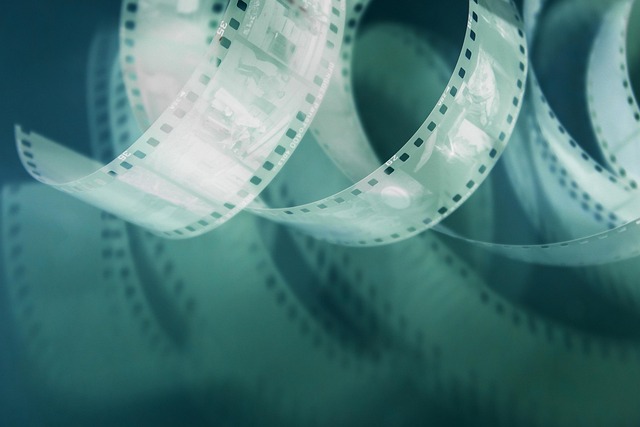
Capturing the Rhythm: Exploring Camera Movement in the Music Industry
Camera movement plays a vital role in shaping the visual narrative of the music industry, creating an emotional connection that resonates with audiences. In the realms of concerts, festivals, and even cinema, the way a camera moves can elevate the viewer’s experience, immersing them in the heartbeat of the performance.
When capturing the electrifying atmosphere of a live concert, camera movement serves as a powerful storytelling tool. Each sway and tilt can mirror the energy of the crowd, translating their exuberance into visual rhythm. A well-timed pan can reveal the sea of fans, lost in the music, while a close-up of the artist can highlight their passion and connection with the audience. These movements are not just technical choices; they are the dance of the visual narrative, synchronizing with the melodies that inspire them.
Festivals present even more opportunities to play with camera movement. The festival scene is often alive with dynamic activity—from multiple stages featuring various acts to spontaneous moments of joy among attendees. Using quick cuts and fluid tracking shots, filmmakers can encapsulate the essence of these vibrant communal celebrations. The rush of people dancing, the colorful lights flashing to the beat, and the spontaneous reactions of festival-goers all come together, driven by camera movement that mirrors the pulse of the event.
In cinema, where music and visuals combine in storytelling, camera movement can enhance emotional depth. Consider how a slow zoom-in on a character lost in a poignant song can evoke tears or a dazzling aerial shot in a music video can convey freedom. Filmmakers skillfully utilize techniques such as dolly shots, handheld movements, and tracking to incorporate the rhythm of the music into the cinematography, allowing viewers to feel the emotions depicted in the story profoundly.
The music industry thrives on the connection between sound and sight, and camera movement is pivotal in crafting that relationship. Through inventive techniques and artistic choices, directors and cinematographers bring the pulse of the music to life, immersing audiences in the joyous crescendo of beats and notes. Whether in the grand arena of a concert, the lively atmosphere of a festival, or the carefully constructed narrative of a film, camera movement enriches our experience, allowing us to capture the rhythm of every moment.


